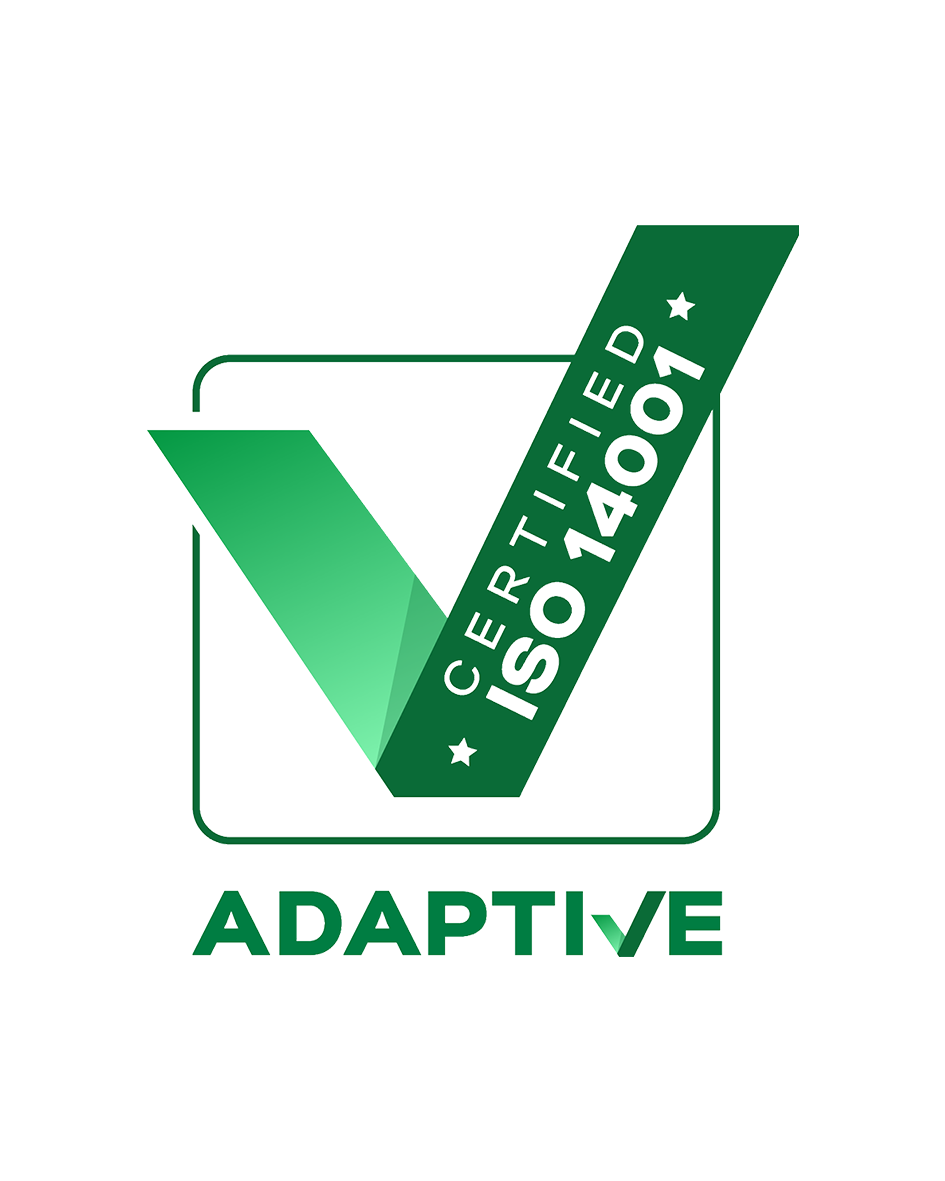Mainmark provides a detailed breakdown of the risks and considerations associated with underpinning in Australia
Below is a detailed breakdown of the risks and considerations associated with underpinning in Australia:
Underpinning is a process used to strengthen the foundations of an existing building, often when the structure shows signs of subsidence, cracking, or other foundation-related issues. While underpinning is a common and effective method in Australia, it carries inherent risks.
Risks Of Underpinning in Australia
Geotechnical Risks
- Unstable Soil Conditions: Australia has a wide variety of soil types, including reactive clay soils, sandy soils, and soft or expansive soils, which can complicate underpinning.
- Groundwater Issues: High water tables in areas like parts of Queensland and coastal regions may interfere with excavation and curing of concrete underpinning.
- Unexpected Subsurface Conditions: Presence of rock layers, voids, or buried debris can increase the complexity and cost of underpinning.
Structural Risks
- Improper Execution: Errors during the underpinning process can lead to further structural damage, such as uneven settlement or misalignment.
- Damage to Adjacent Structures: In densely built urban areas (e.g., Sydney and Melbourne), underpinning could disturb neighbouring buildings or underground utilities.
- Overloading New Foundations: If the underpinning isn’t designed to handle future structural loads, the risk of failure remains.
Environmental and Climatic Risks
Climate Conditions: Australia’s extreme weather (e.g., flooding, drought) can impact soil stability and foundation performance post-underpinning.
Tree Roots: Tree roots in proximity to buildings can weaken soil or grow back aggressively, counteracting the benefits of underpinning.
Seismic Activity: Areas like Adelaide are more prone to minor seismic activity, which could compromise underpinning integrity.
Contractor Risks
- Unqualified Contractors: Hiring unlicensed or inexperienced contractors increases the likelihood of substandard work.
- Warranty Issues: If a contractor doesn’t provide a warranty, homeowners bear the risk of future issues.
- Compliance Failures: Poor adherence to Australian building standards can result in unsafe outcomes.
Health and Safety Risks
- Excavation Hazards: Trenches and deep excavations pose risks of collapse, particularly in unstable soil conditions.
- Dust and Noise: Underpinning can generate dust and noise, impacting residents’ health and well-being.
- Asbestos Disturbance: Older Australian homes may contain asbestos, and underpinning work could disturb hazardous materials.
Financial Risks
- Cost Overruns: Unexpected complications, such as poor soil quality or unforeseen structural issues, can inflate costs.
- Insurance Coverage: Some insurance policies may not cover underpinning or may require additional premiums.
- Resale Value: Evidence of underpinning may raise concerns for prospective buyers, even if the work was done correctly.
- Mainmark also provide the following in Australia: wall crack repairs, sinking floor repair, Concrete slab repair, sinking foundation repair, underpinning, ground improvement, re-levelling, subsidence repair, void filling and slab lifting
Mainmark provides underpinning in, Canberra, Hobart, Townsville NSW, QLD, SA, WA, Tasmania, Victoria plus the major cities of Sydney, Melbourne, Perth, Adelaide, Brisbane, Newcastle
Mitigation Measures
To minimise these risks:
- Conduct Geotechnical Surveys: A professional soil and structural assessment is essential before any underpinning.
- Hire Licensed Professionals: Ensure the contractor is experienced, licensed, and insured.
- Follow Regulations: Comply with local building codes and acquire necessary permits.
- Monitor the Work: Engage an independent engineer or inspector to oversee the project.
- Plan for Contingencies: Budget for potential cost overruns and maintain insurance coverage for construction risks.

Resin Injection – The Modern Alternative
What is Underpinning?
Underpinning is a process that strengthens and stabilises the foundation of a building. Traditional underpinning methods involve excavation and the use of concrete to provide additional support. However, Mainmark offers a modern alternative to traditional concrete underpinning through our advanced resin injection technique.
Resin Injection: A Modern Solution for Cracked Walls
Our resin injection underpinning solution is a highly effective method to address foundation issues and cracks in walls. This innovative technique involves injecting resin material into the ground beneath your home or building. As the resin expands, it fills voids, providing ground improvement and level correction to the structure. This method is non-invasive, quick, and causes minimal disruption and to your property.
Features & Benefits of Resin Injection Underpinning
Mainmark’s Solutions & Technologies For Concrete Underpinning

Fast
Our technologies have fast curing times and treated areas can be used immediately or without the delays compared to traditional repair methods.

Environmentally Inert
Our technologies use an inert material that is non-toxic and does not leach into the environment or affect the treated area.

Non-Invasive
Our solutions are of surgical nature compared to traditional methods.

Cost-Effective
Compared to traditional methods, our solutions are more cost-effective, with minimal disruption to the area.
Get a FREE quote
Arrange a site assessment in 3 simple steps:
Step 1
Submit your enquiry using our online form. Include a brief message about the type of foundation issues you are experiencing.
Step 2
Our friendly customer service team will be in touch to schedule a site assessment that suits you.
Step 3
One of the Mainmark experts will visit your home or property, assess the damage, and ascertain the likely cause. They will establish the approach needed, creating a plan specific to the needs of your building and provide you with a detailed quote.



































